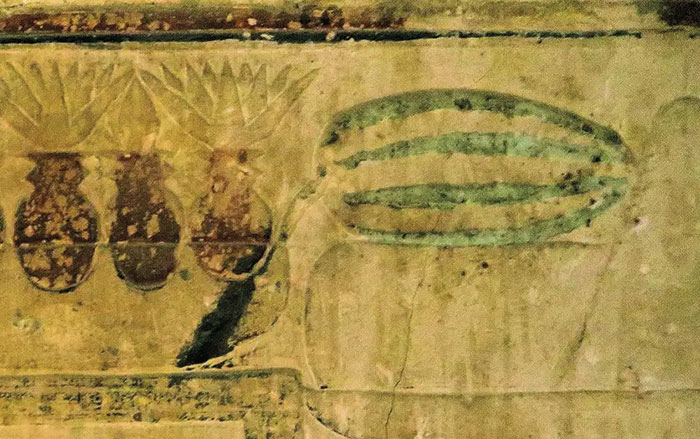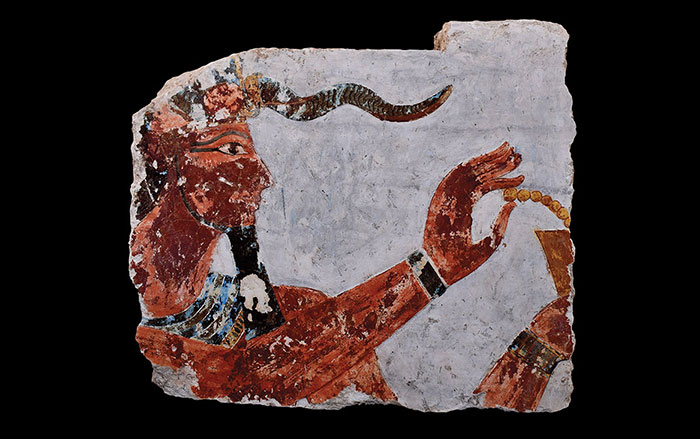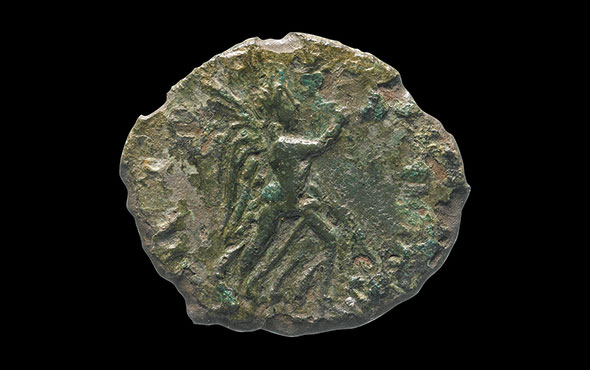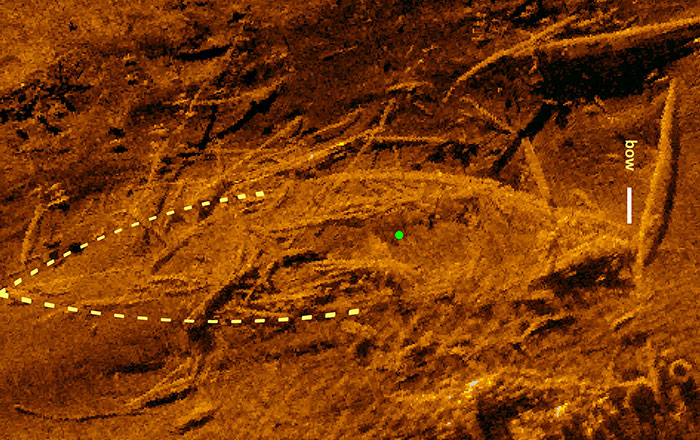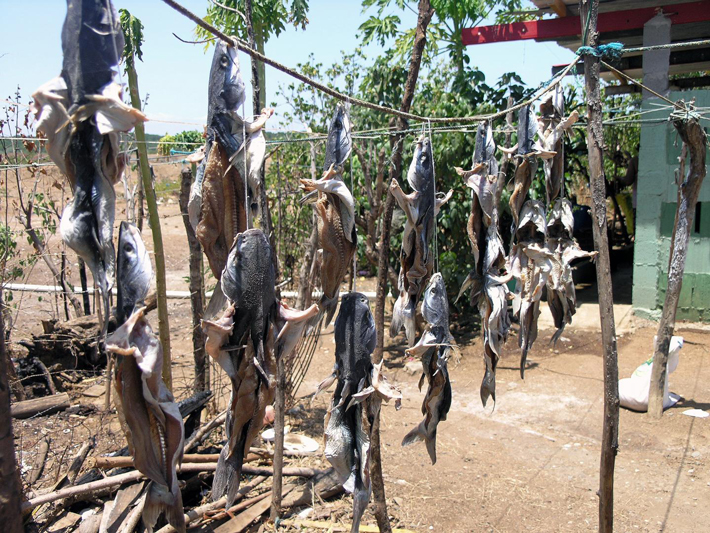
HAIFA, ISRAEL—Richard Cooke of the Smithsonian Tropical Research Institute and Irit Zohar of the University of Haifa examined fish preparation methods practiced today by traditional fishing communities in central Pacific Panama and Egypt's southern Sinai, and found that the modifications made to fish skeletons, using three main preparation techniques, resemble processed fish remains recovered from archaeological sites. The size of the fish body, and not the geographic location of the fishing community, influenced how the fish was prepared, Cooke and Zohar explained. Therefore, they suggest, humans have been employing the same basic techniques to clean fish for thousands of years. The researchers also determined that fish processing sites are rare and difficult to identify in the archaeological record because discarded fish remains are usually either thrown into the water or eaten by other animals. To read about early evidence for fish fermentation in the Mesolithic period, go to "World Roundup: Sweden."



